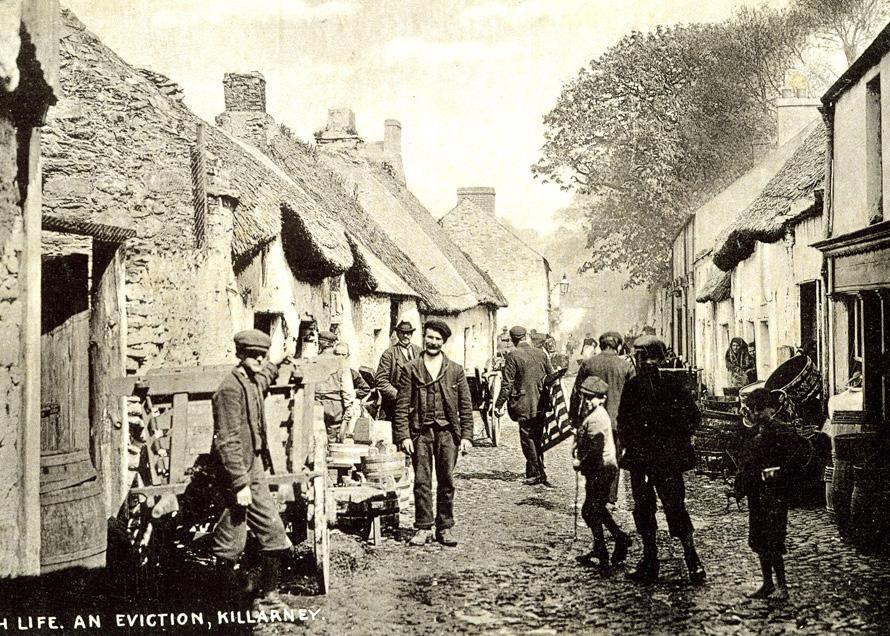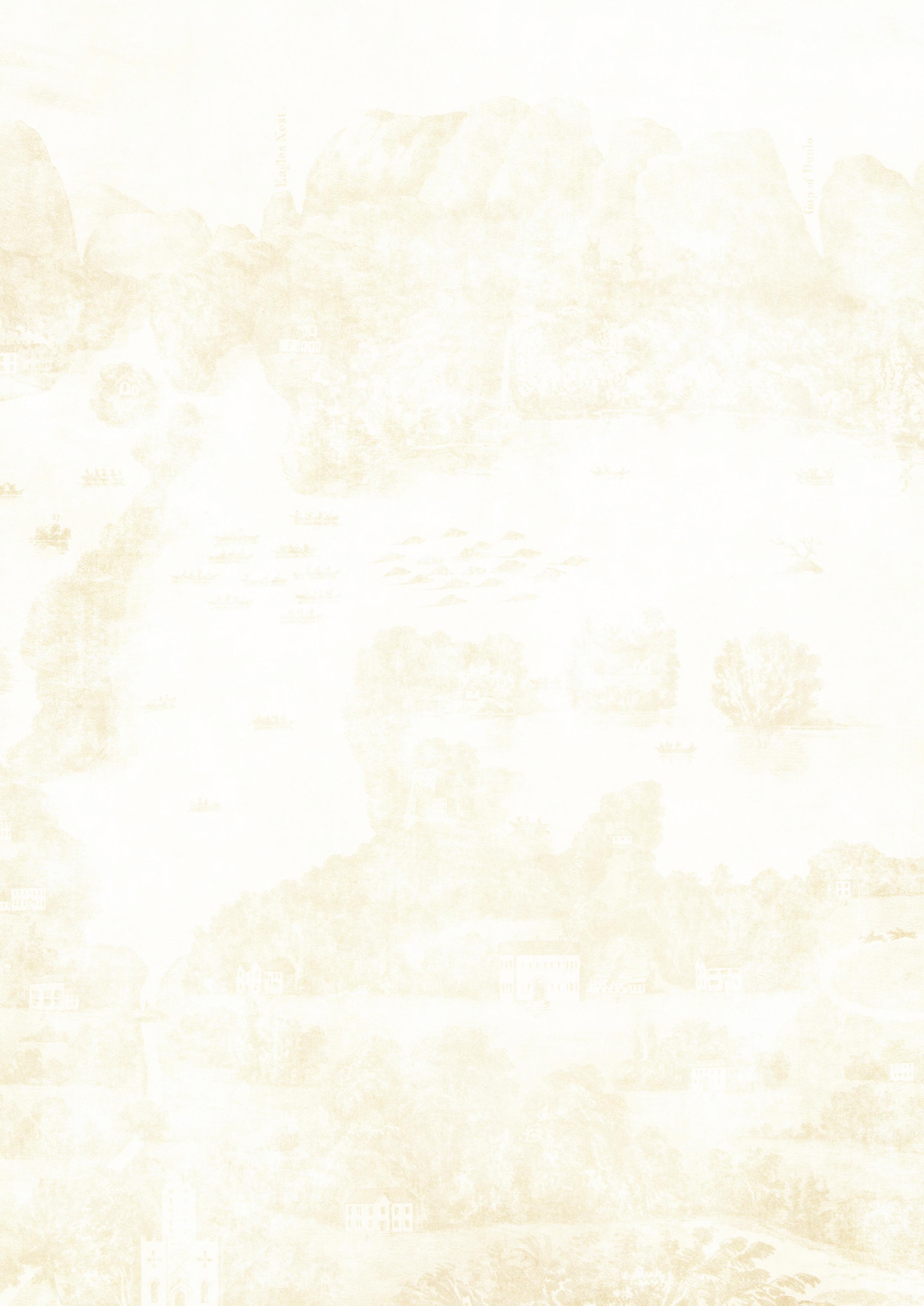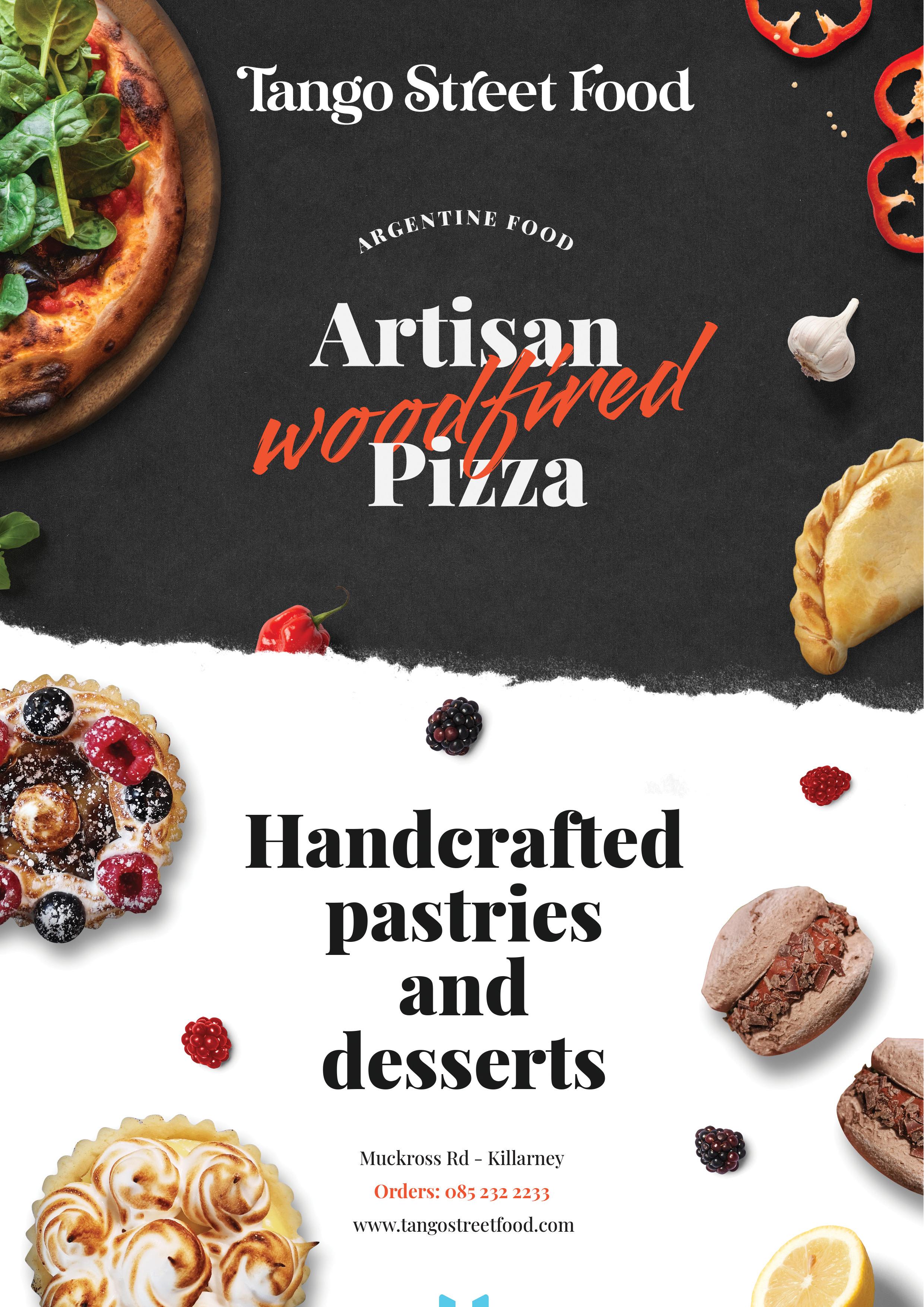
2 minute read
Town & Laneways
The heart of Killarney town dates back to the Georgian era of 1714-1837. Classic Georgian architecture can be clearly seen in Lower New Street. It is here that many of the dwellings display the classic doorway and window features associated with that grand era. New Street and High Street and their network of laneways were developed in the late 1700s.
The brewery of ‘Brewery Lane’ once existed near Kenmare Place and the Railway Road, though it seems to have disappeared by 1841. The International Hotel does have ‘The Brewery Restaurant’, acknowledging the heritage of the area.
The present site of the Killarney Towers Hotel and O’Donoghue’s Public House (formerly The Imperial Hotel) occupies an area that what was once known as ‘Pig’s Lane’. The origin of its name is uncertain. It may have been in reference to the presence of livestock, or maybe the by-product of metal-working known as ‘Pig Iron’.
‘Chapel Lane’, as the name suggests, was home to a Roman Catholic Chapel built in 1770. This ‘handsome building’ was replaced by the impressive St Mary’s Cathedral which was consecrated in 1855. From the 1920s Mr John Tarrant worked leather into harnesses in Chapel Lane and operated a ‘Carriage Factory’ on New Street.
Not far from the Market Cross on Main Street is Bohereen na Caol, ‘The Narrow Lane’, which was home to many thatched cottages and a cooperage. It was here that highly skilled craftsmen manufactured timber barrels. The likes of grain, butter, pork and fish were all stored in these barrels.
It would appear that the old constabulary possessed a bridewell jail (a small lock-up for those who had committed minor offences) on New Street, hence the name ‘Bridewell Lane’. There was also a bridewell at the rear of the courthouse.
Killarney was home to several blacksmith forges. Many of the blacksmiths on High Street were named O’Shea. James O’Sullivan-D’Arcy also had a forge just off College Street. The blacksmith was a highly regarded craftsman and could fashion many household and agricultural items. Metalworking holds a special place in Irish folklore and mythology. Lough Lein is said to have been the home of Lén, a legendary smith of the supernatural Tuatha Dé Danaan tribe.
Touhill’s Lane
Pig’s Lane off College Square Old Milk Market Lane
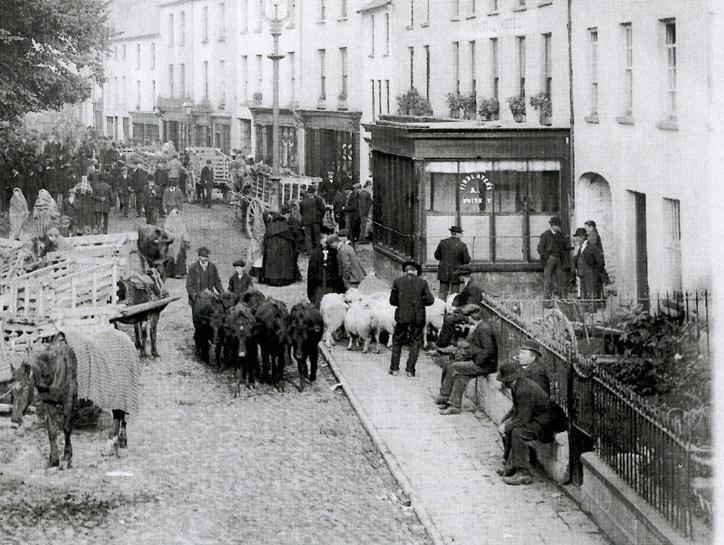
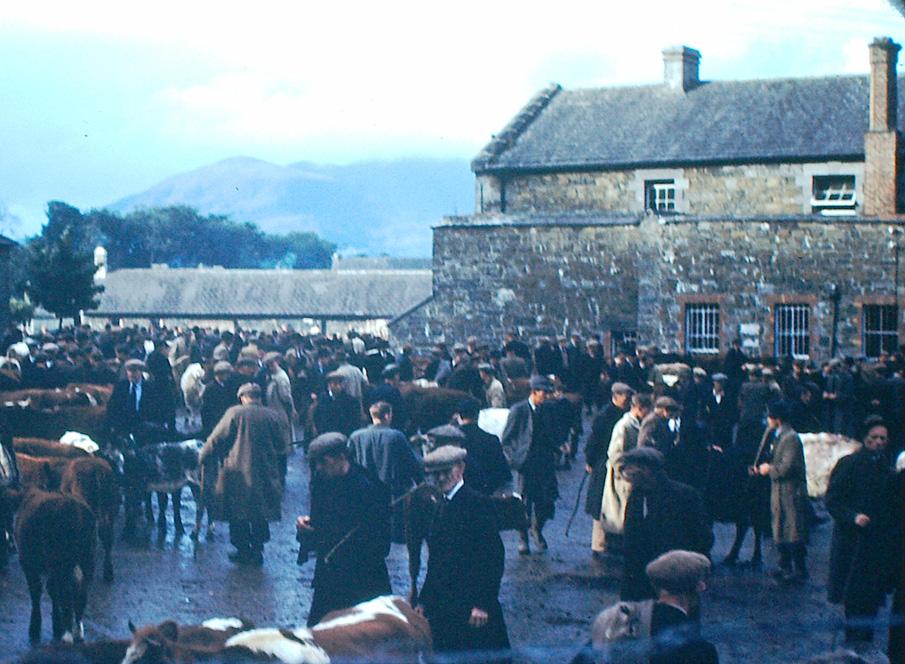
Bridewell at the rear of the Courthouse in Fair Hill Cattle Market Courthouse in Fair Hill Cattle Market
Chapel Lane
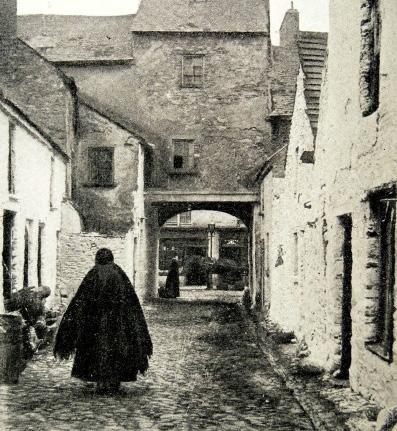
by Conor Doolan
Bohereen na Caol
